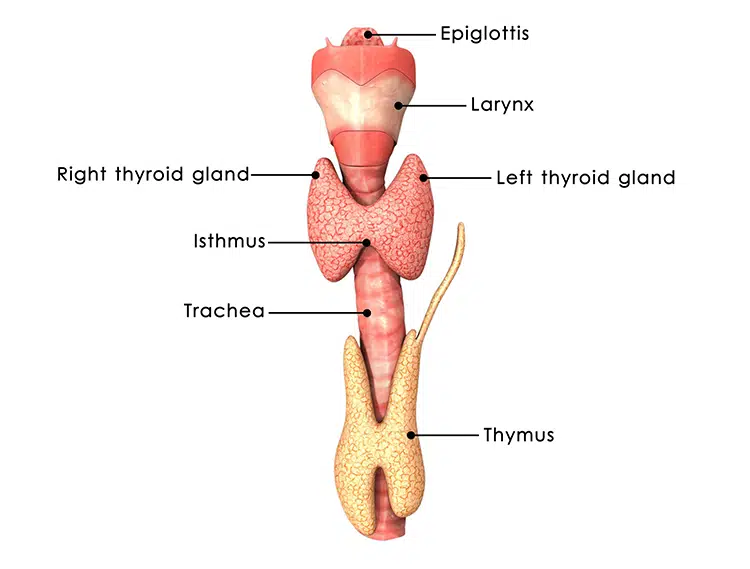Introduction:
The human voice is a remarkable instrument, capable of conveying emotion, expressing thoughts, and connecting us with others in profound ways. At the heart of vocal production lies the intricate anatomy of the throat, a complex system of structures working in harmony to shape and control the speaking voice. In this article, we embark on a journey to explore the anatomy of the throat and unravel the role of each component in controlling the speaking voice.

The Larynx:
At the center of the throat lies the larynx, often referred to as the voice box. The larynx houses the vocal folds, two bands of tissue that vibrate when air passes through them, producing sound. The pitch of the voice is primarily determined by the length, tension, and mass of the vocal folds. Muscles within the larynx, including the thyroarytenoid and cricothyroid muscles, control the movement and tension of the vocal folds. This allows for pitch modulation and vocal expression.
The Vocal Folds:
The vocal folds, also known as vocal cords, are the primary sound-producing structures of the larynx. When air from the lungs passes between the vocal folds, they vibrate, creating sound waves that resonate in the vocal tract. The length, thickness, and tension of the vocal folds determine the pitch and quality of the voice. Additionally, the degree of closure and vibratory pattern of the vocal folds influence factors such as vocal loudness, clarity, and timbre.
The Pharynx:
Above the larynx lies the pharynx, a muscular tube that serves as a common pathway for both air and food. The pharynx plays a crucial role in resonance and amplification of sound produced by the vocal folds. As sound waves travel through the pharynx, they are shaped and filtered by its muscular walls. This influences the overall tone and quality of the voice. Variations in pharyngeal shape and tension contribute to the production of different vowel sounds and vocal effects.
The Oral and Nasal Cavities:
Beyond the pharynx, the vocal sound is further shaped and resonated by the oral and nasal cavities. The oral cavity, formed by the mouth and throat, acts as a resonating chamber that amplifies and shapes the sound waves produced by the vocal folds. The size, shape, and positioning of the tongue, lips, and jaw influence articulation and the production of consonant sounds. The nasal cavity, connected to the pharynx through the nasopharynx, can also contribute to resonance and nasalization of sound. This is particularly present in nasal consonants and certain speech sounds.
The Respiratory System:
Supporting the entire vocal apparatus is the respiratory system, comprising the lungs, diaphragm, and ribcage. The diaphragm, a dome-shaped muscle located below the lungs, serves as the primary muscle of respiration, contracting and descending to draw air into the lungs. During speech production, controlled exhalation of air from the lungs provides the necessary airflow for vocalization. Proper breath support and control are essential for maintaining vocal stability, projection, and endurance.
The Epiglottis:
Situated above the larynx, the epiglottis is a leaf-shaped cartilaginous structure that functions to protect the airway during swallowing. When swallowing occurs, the epiglottis folds downward to cover the entrance to the larynx, preventing food and liquids from entering the respiratory tract. While the epiglottis does not directly contribute to vocalization, its role in airway protection is crucial for maintaining respiratory function and preventing aspiration during speech and swallowing.
The Hyoid Bone:
The hyoid bone is a horseshoe-shaped bone located at the base of the tongue. This bone is suspended in the neck by ligaments and muscles. Although small and often overlooked, the hyoid bone serves as an anchoring point for several important structures involved in speech. Anatomy muscles attached to the hyoid bone, such as the suprahyoid and infrahyoid muscles, play a role in controlling the position and movement of the larynx and tongue. This influences vocal pitch, resonance, and articulation.
The Trachea:
Below the larynx lies the trachea, or windpipe, a tubular structure that connects the larynx to the lungs. The trachea serves as a conduit for airflow during respiration, allowing air to pass freely between the lungs and the outside environment. While the trachea is primarily involved in breathing rather than vocalization, its position and stability are essential for supporting the larynx. This facilitates efficient airflow during speech production.
Conclusion:
The anatomy of the throat is a marvel of biological engineering, with each component playing a vital role in shaping and controlling the speaking voice. From the larynx and vocal folds to the pharynx, oral and nasal cavities, and respiratory system, every structure contributes to the production, resonance, and articulation of speech. By understanding the intricate interplay of these components, we gain insight into the mechanics of vocal production and empower ourselves to unlock the full potential of our voices. As we continue to explore and appreciate the anatomy of the throat, we deepen our connection to the rich tapestry of human communication and expression.
More About Our Vocal Coaches
We understand that transitioning is often difficult and undeniably stressful for many people. While Dysphoria affects everyone differently, having an affirming voice that feels right for you can be a major factor in managing dysphoria.
Our vocal coaches help you find your voice by:

Dependable
⸺ & ⸺
Diligent
Having an advanced contact and booking platform to be sure that Your Lessons Now is always there for you, and our admin staff will always be here to help.

Helpful
⸺ & ⸺
Human
Providing a human touch to your scheduling and inquiries, our vocal coaches and also our admin team will assist you every step of the way.

Loud
⸺ & ⸺
Proud
Understanding the importance of providing a judgment-free and empathetic and caring environment, since many of us are LGBTQIA+ ourselves.

Secure
⸺ & ⸺
Respected
Our vocal coaches have extensive training, experience, degrees, and awards to further ensure the best learning environment for our students.